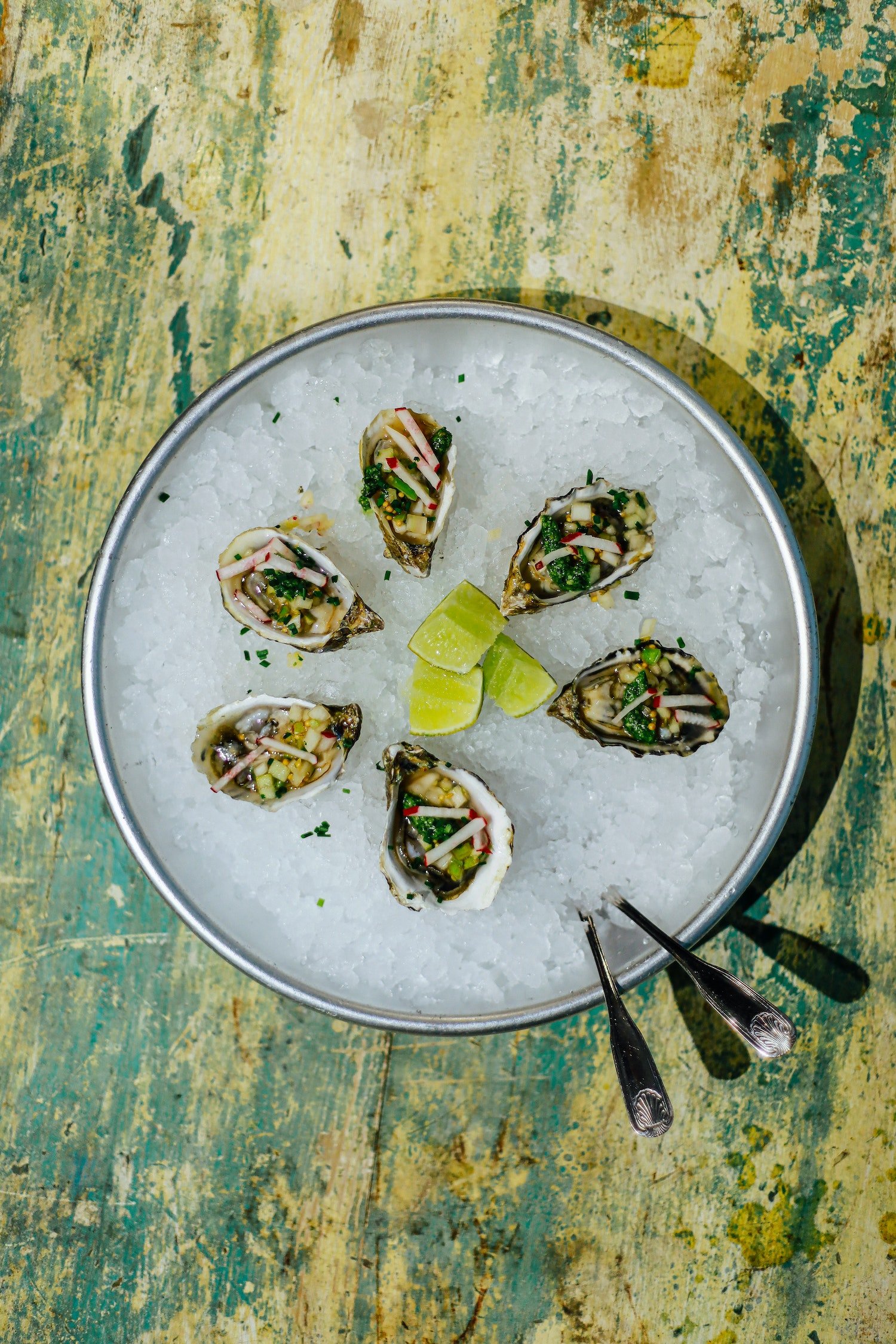Bottling the SunHypericum perforatum
Bottling the Sun: Hypericum perforatum
BY RACHEL CLARK
With summer in full swing here in the Pacific Northwest, I catch myself thinking about how nice it would be to bottle up its joy and light to save for the darker months. Then I remember that I can.
Hypericum perforatum, commonly known as St. John’s Wort, is named for the Greek Titan, Hyperion, God of the Sun, and its bright yellow flowers have long been associated with the sun. St. John’s blooms near the Summer Solstice and literally lets light into darkness through the small pinprick holes in its leaves. Its most commonly known use is as an herbal therapeutic for Seasonal Affective Disorder and depression and to support wounds and burns. Not only does it have antiviral properties, it's also anti-inflammatory, antioxidant, sedative, can support neuralgic pain and is a trophorestorative (healing and restoring) for the nerves.
A quick internet search of St. John’s might leave one feeling confused and intimidated. A search immediately brings up the benefits, including its use for depression, but there are many cautions surrounding this plant, specifically around the combined use with pharmaceutical medications. It is classified as 2dC by The American Botanical Council, which means that there are “clinically relevant” pharmaceutical actions associated with the plant and that certain populations should use extra caution. St. John’s has been shown to potentially interact with the following types of pharmaceuticals: Immunosuppressants, anticoagulants, hormonal contraceptives, anxiolytics, antidepressants, antivirals, statins, anticancer drugs, anticonvulsants and bronchodilators, to name a few. If you are taking any prescribed or over the counter medications or have diagnosed medical conditions, please check with a qualified healthcare practitioner before using the plant.
While all of this can feel overwhelming, St. John’s on its own is considered to be quite safe and has been extensively studied in modern clinical trials. Meta-analysis of these trials show that St. John’s is likely as effective as low-dose tricyclic antidepressants, tetracyclic antidepressants and selective serotonin reuptake inhibitors (SSRIs). It is generally well-tolerated and has fewer adverse effects on the GI system and libido than traditional antidepressants. The most common negative reaction was gastrointestinal upset, seen in less than 1% of trial participants.
St. John’s is also used as a liver supporting herb. It has been shown to increase liver enzymes, specifically substrate CYP3A, which is responsible for phase I detoxification of bile acids. This can help support the body’s natural detoxification mechanisms and may help explain the traditional use of this herb for mood. In traditional Chinese, Greek and Arabic medicine practices, some forms of depression were considered to be a symptom of impaired liver function. Elevated cortisol (the stress hormone) has been associated with mood disorders, and the CYP3A pathways in the liver help to clear cortisol from the body, potentially alleviating symptoms.
This liver action is why St. John’s can have potentially-dangerous pharmaceutical interactions. The increased detoxification can move medications through the body too quickly or not quickly enough, depending on the drug. The increase or decrease in drug levels could range from inconsequential to potentially fatal depending on the drug and what it is being used for.
An infused oil of St. John’s Wort has been shown to help ease burns. Conversely, St. John’s can also induce photosensitivity, especially in fair-skinned people, making the skin more sensitive to the sun. Be sure to keep covered and use proper sun protection if also using St. John’s supplements. The plant can also be made into a tea, tincture or salve.
Harvest Hypericum this solstice to keep the light of summer on hand this winter.
St. John’s oil: Bottle the Sun this Summer with St. John’s Oil
Hypericum is weedy and considered a noxious weed by the state of Washington for causing photosensitivity and health issues in livestock. It grows readily throughout the state in well-drained and disturbed soils, specifically in roadways, grasslands, logging sites and overgrazed ranges. According to the Washington State Noxious Weed Control Board, the best way to control St. John’s Wort is by pulling the plant, which conveniently is great for those who wish to harvest it. If wildcrafting, be sure to harvest from unsprayed areas. The WSNWCB suggests sowing native plants in its place.
Harvest your St. John’s near the solstice, but before the buds have completely opened. Hypericin, one of the main chemical constituents in the plant, creates a bright red pigment that is extracted into a beautiful red oil. When harvesting, squeeze an unopened bud between your fingers and look for this red color. If it stains your fingers, you know it’s ready.
To make your oil, fill a mason jar with buds and cover with olive oil. Let it infuse for at least four to six weeks until the oil is a deep red. It can be added to a topical salve or used on its own.





























